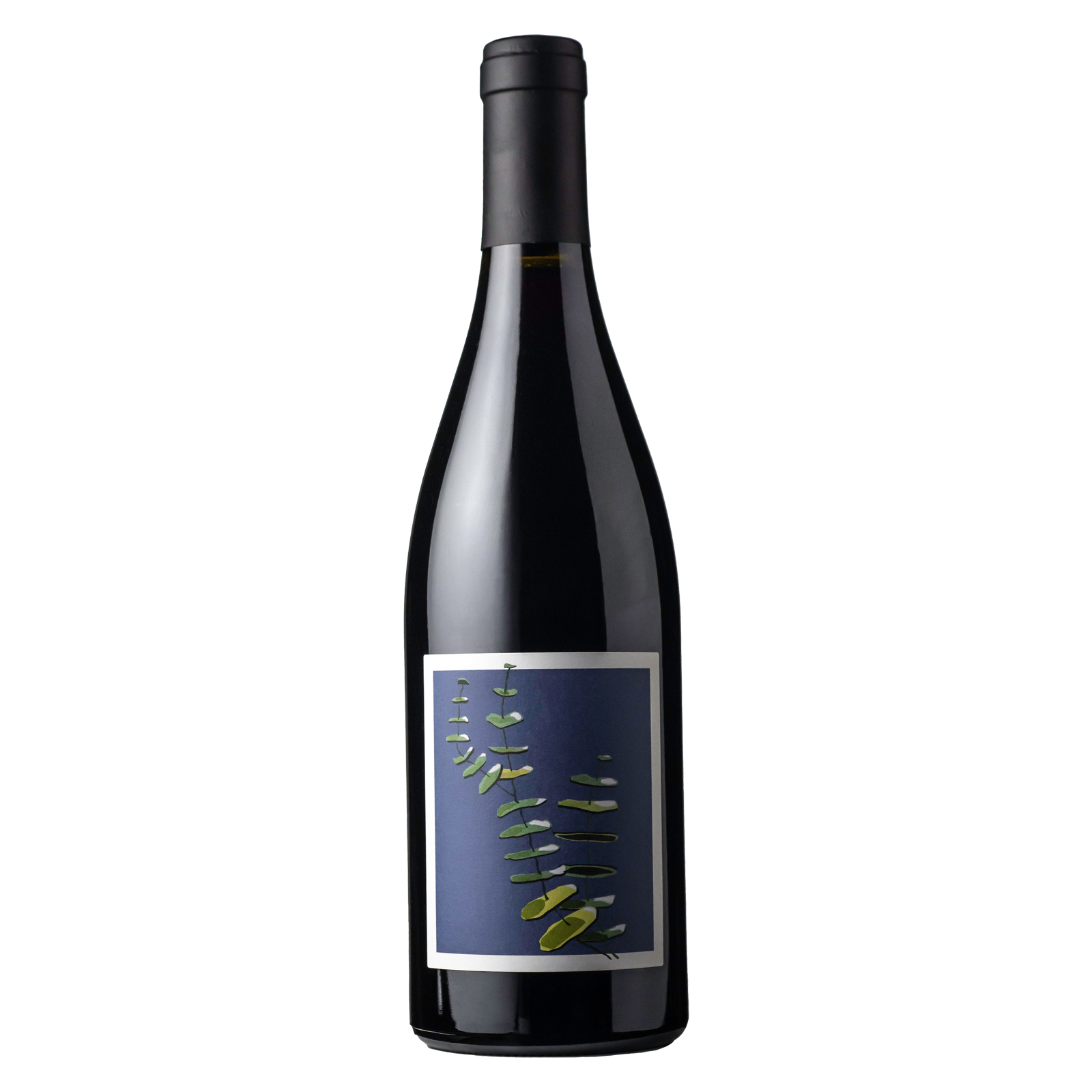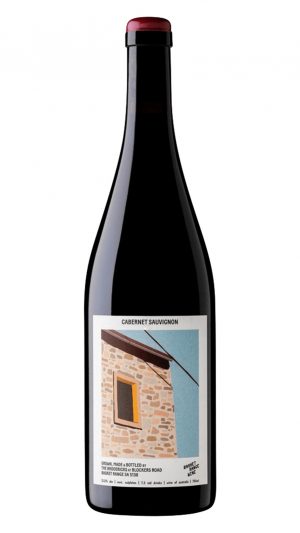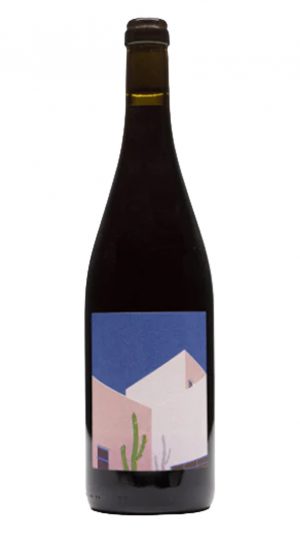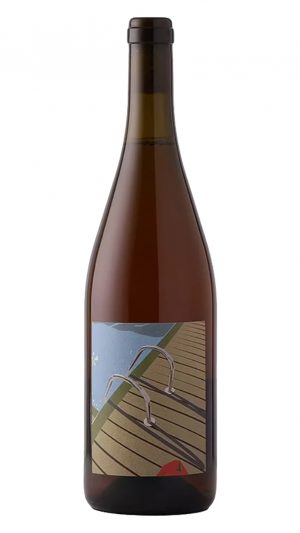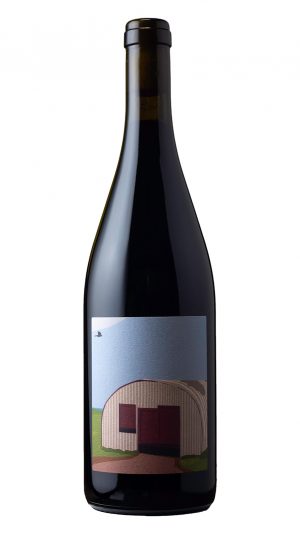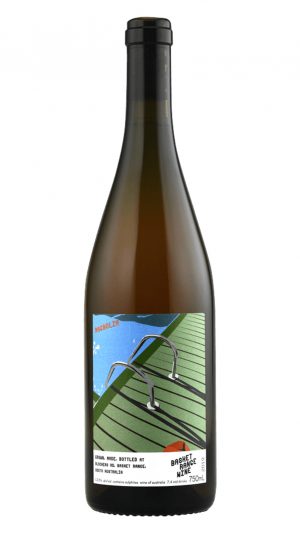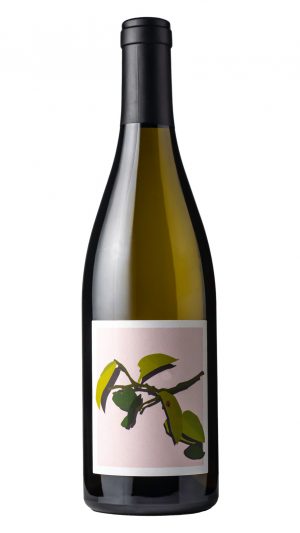Basket Range Pinot Noir 2020
Type: Red
Country: Australia
Region: Adelaide Hills
Grape Variety: 100% Pinot Noir
Viticulture: Certified Organic
Climate: Cool climate in one of Australia’s most elevated regions
Terroir: This wine is a blend of MV6 and 777 clones grown in the coolest part of our vineyard, on a steep south-eastern facing aspect. This allows for more phenolic and flavour ripeness, while retaining brightness. Vineyards grow on a soilbed of deep loam over red clay and sandstone
Winemaking: A combination of whole bunch and de-stemmed ferments in 1500L and 2000L vats. Macerated for 10-14 days with gentle daily pump-overs. Matured for eight months in French barriques.
Color: Elegant red
Nose: Aromas of red cherries, red plums and fig
Palate: Dark fruit and some stemmy savouriness with no jagged edges. Plush and full flavoured
About the Winery:
In 1978 Phillip Broderick purchased a property in Basket Range, in the Adelaide Hills. He planted the initial small vineyard containing a selection of Bordeaux varieties in 1980 and began making wine. In the mid-’80s Phillip met Mary and their two sons Louis and Sholto were born at Basket Range in ’92 and ‘95 respectively.
In the early 2000s, the Brodericks moved up the hill to the neighbouring property where they planted the larger vineyard.
Basket Range is one of the steeper parts of the Adelaide Hills. Traditionally any arable and workable slopes were planted with orchards of apples and cherries in addition to other horticulture. There are still some remnant patches of these orchards on the property, as well as native scrub.
The vineyard itself is 13.5 acres under vine and is approximately 450m in elevation. It has three different aspects; two northern and one southeast-facing. With the steep topography, these give a range of exposure and soils. The varieties grown are Pinot Noir (both 777 and MV6 clones), Merlot, Cabernet Sauvignon, Chardonnay, Petit Verdot and a small amount of Saperavi. The soil types in the vineyard vary, which comprises of loamy red and blue clay over sandstone, and some of schist, ironstone and shale. The vines are grown organically.

